 Hire a Tutor
Hire a Tutor 


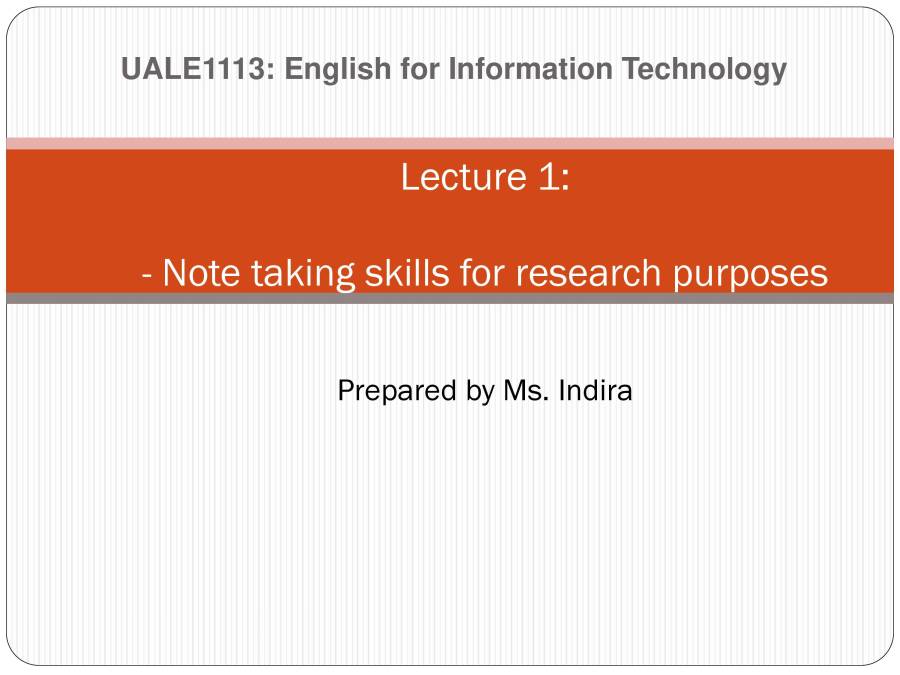
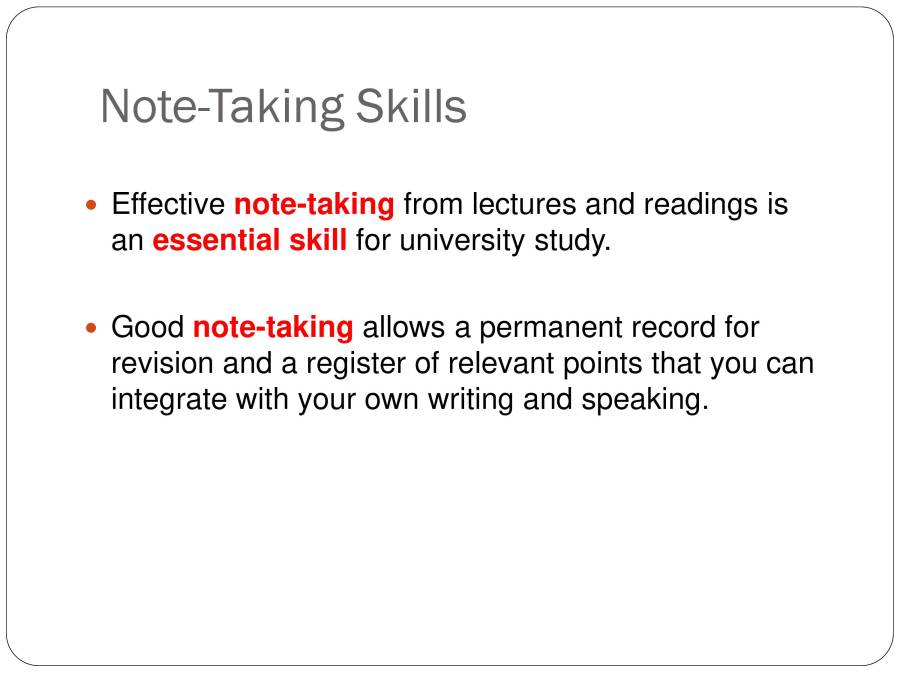
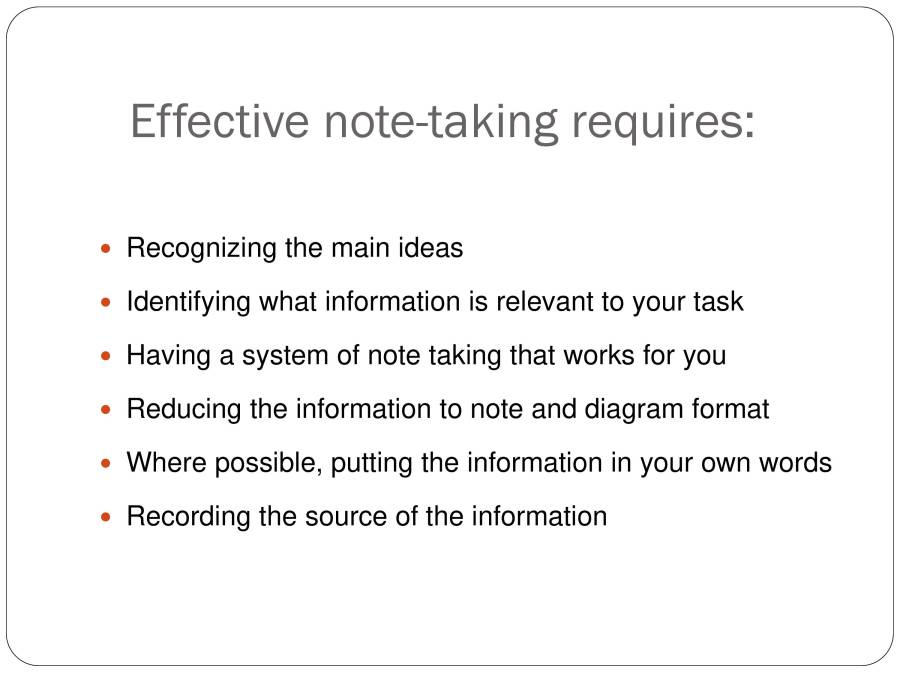
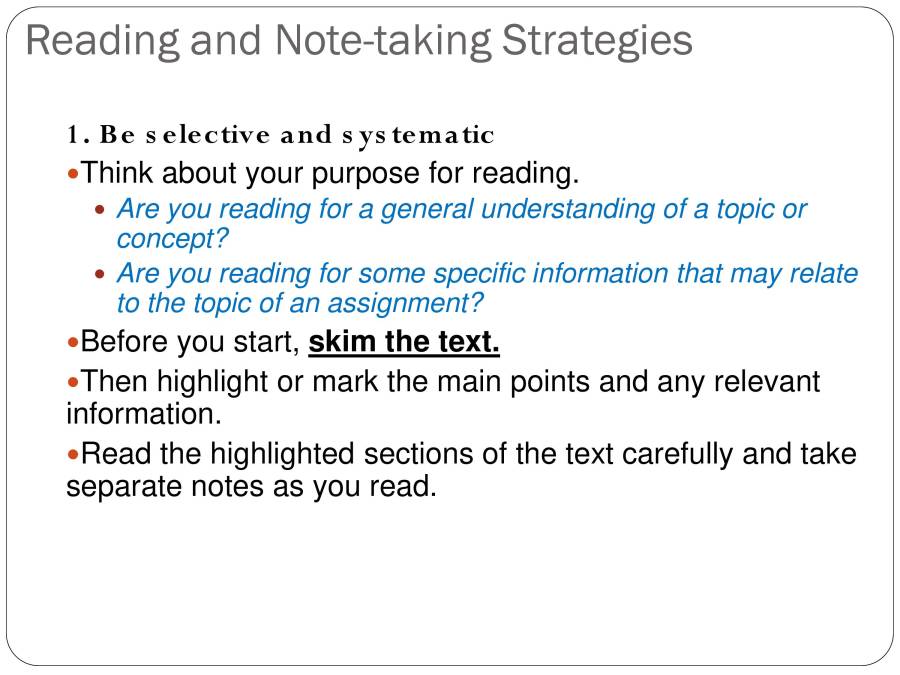
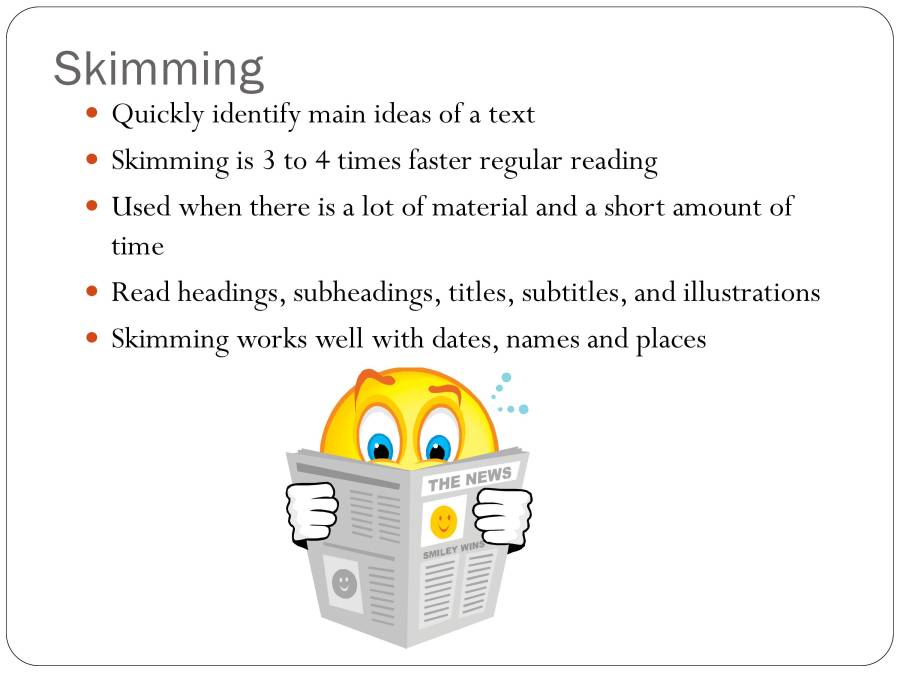

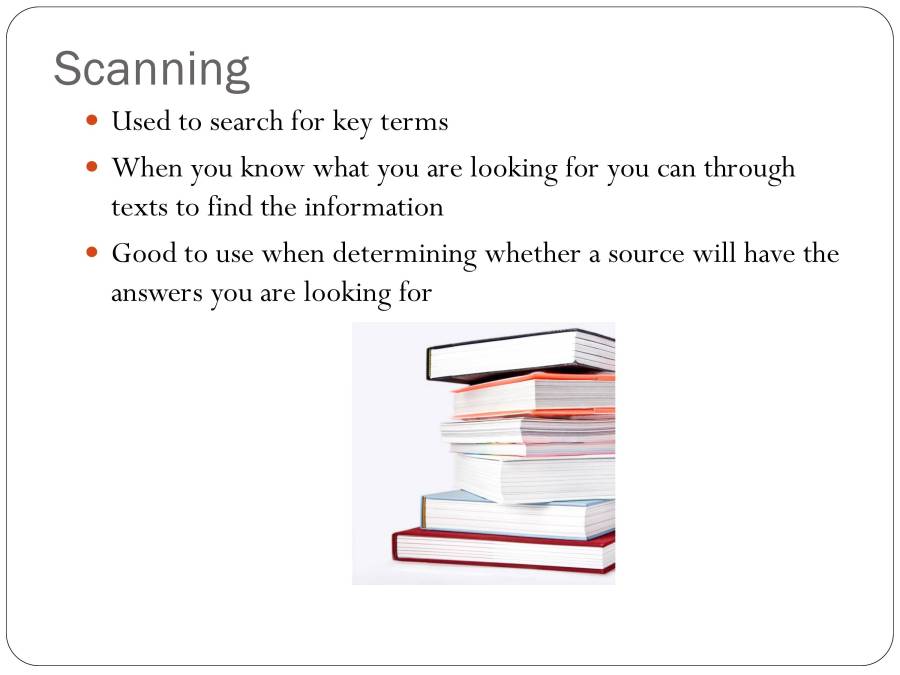
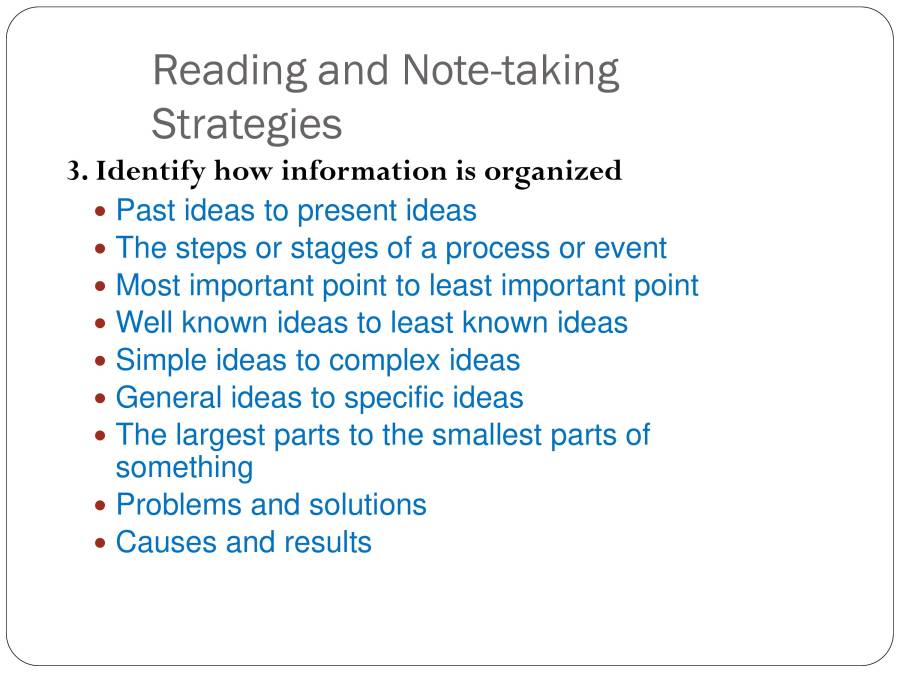

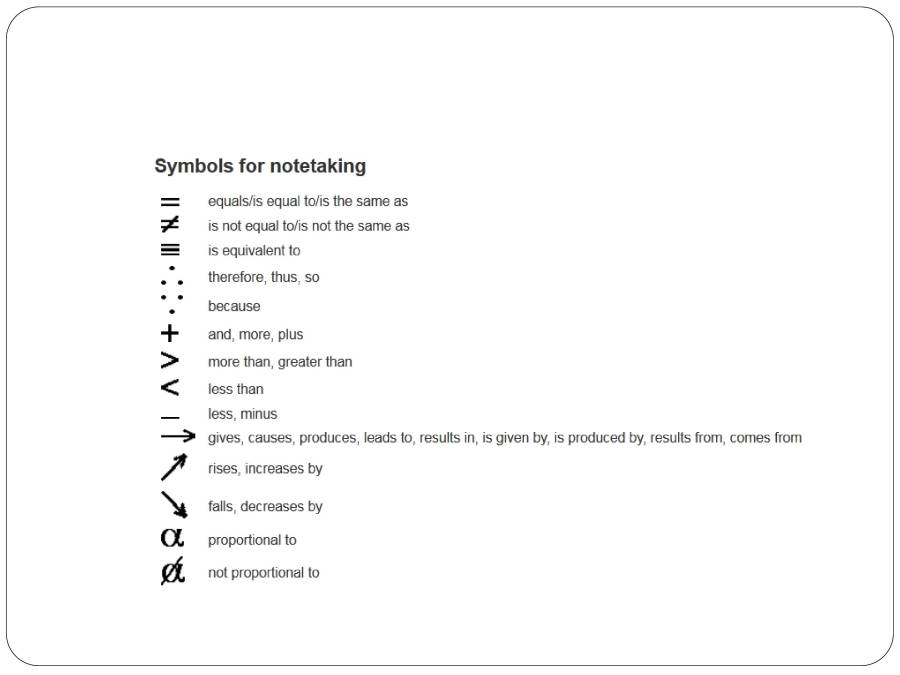





This PPT will provide training on note taking skills that are essential in terms of processing the information that students read & important reading strategies for learners.
8 years of teaching experience
Qualification: PhD Lit, M.Ed TESL, BA ELS
Teaches: English, Biology, History, Bahasa Malaysia, MUET (English Test), Pengajian AM
